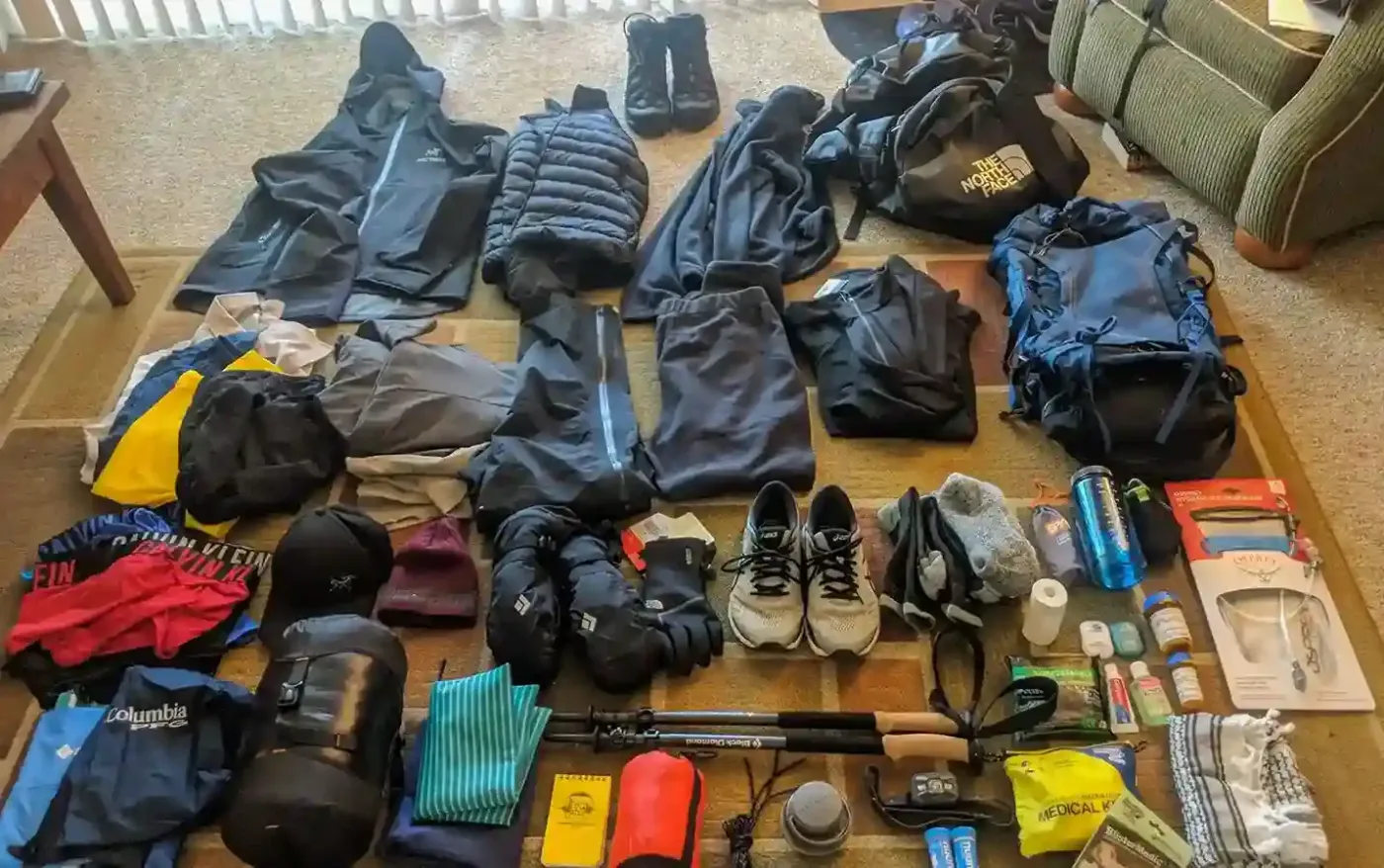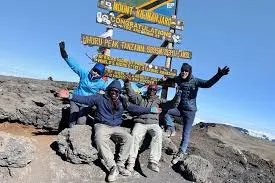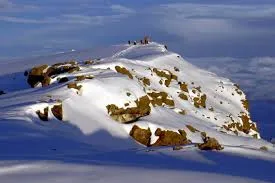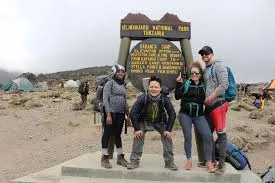How to Pack Light for Kilimanjaro — Ultimate Gear Guide
Packing light for Kilimanjaro is all about smart layering and multipurpose gear. Start with a moisture-wicking base layer, an insulating mid-layer, and a waterproof outer shell. Choose lightweight, quick-dry clothing, and limit shoes to a sturdy hiking pair plus camp sandals. Bring only essential gear: a compact sleeping bag, trekking poles, a headlamp, and minimal toiletries. Keep your backpack organized with packing cubes, and aim for versatility—every item should pull double duty. The lighter your pack, the easier the climb. This guide covers everything from clothing to equipment, ensuring you’re prepared for Kilimanjaro’s diverse climates while staying within the 15kg porter weight limit.
Plan Your Kilimanjaro Trek Now
Ultimate Kilimanjaro Packing List for Lightweight Trekking
Packing light for Kilimanjaro requires strategic choices to balance comfort, safety, and weight limits. With Capable Africa Tours, you’ll carry a 30–40L daypack (5–7kg) for daily essentials, while porters handle a 15kg duffel bag. Prioritize moisture-wicking layers, durable gear, and multi-use items. Below is a comprehensive checklist tailored for a 6–9 day trek, optimized for Kilimanjaro’s five climate zones (rainforest to arctic summit).
Clothing: Layering for Versatility
- Base Layers: 3 moisture-wicking shirts and 2 pairs of pants (merino wool, 150–200g) for sweat management in 70–80°F rainforest zones.
- Mid-Layers: 1–2 fleece jackets (300g) for insulation in moorland and alpine zones (40–60°F).
- Outer Layers: Lightweight waterproof jacket and pants (Gore-Tex, 500–700g) for rain and wind protection.
- Thermal Gear: 800-fill down jacket and thermal underwear for summit night (0–20°F).
- Footwear: Waterproof hiking boots (broken-in, 1–1.5kg), 2–3 pairs of wool socks, and gaiters for mud and scree.
- Accessories: Wide-brimmed hat, UV400 sunglasses, neck gaiter, lightweight gloves, and a warm beanie for UV and cold protection.
Gear and Equipment: Lightweight and Functional
| Item | Details | Weight | Why It’s Essential |
|---|---|---|---|
| Daypack | 30–40L, padded straps | 0.8–1.2kg | Carries daily essentials like water, snacks, and layers. |
| Duffel Bag | 70–90L, waterproof | 1–1.5kg | Porters carry up to 15kg of your gear. |
| Sleeping Bag | -15°C/5°F rating | 1.5–2kg | Keeps you warm at high-altitude camps. |
| Trekking Poles | Adjustable, collapsible | 0.5–0.7kg | Reduces knee strain and improves stability. |
| Headlamp | 200+ lumens, spare batteries | 0.1–0.2kg | Essential for summit night and camp navigation. |
| Water System | 3L hydration bladder or 2x1L bottles | 0.2–0.4kg | Ensures hydration in dry alpine zones. |
Personal Items: Small but Critical
- First-Aid Kit: Bandages, blister pads, ibuprofen, and altitude medication (Diamox, consult a doctor).
- Toiletries: Biodegradable soap, toothbrush, SPF 50+ sunscreen, and lip balm with UV protection.
- Documents: Passport, Tanzania visa, travel insurance, and yellow fever vaccination card.
- Electronics: 10,000mAh power bank, lightweight camera, and spare batteries for headlamps.
- Snacks: 500–1,000g of energy bars, nuts, or dried fruit for quick energy boosts.
Weight Breakdown
Total weight for your duffel bag should not exceed 15kg, with your daypack at 5–7kg. Here’s a sample breakdown:
- Clothing: 4–5kg (including boots and layers)
- Gear: 6–7kg (sleeping bag, poles, water system)
- Personal Items: 2–3kg (toiletries, snacks, documents)
- Daypack Load: 5–7kg (water, snacks, layers, headlamp)
Why Packing Light for Kilimanjaro Matters
Packing light for Kilimanjaro isn’t just about convenience—it’s about safety, comfort, and summit success. Excess weight slows you down, strains porters, and increases fatigue. With Capable Africa Tours, our lightweight packing strategy ensures you carry only essentials, leaving room for critical gear like layered clothing and hydration systems. Here’s why it matters:
- Reduces Fatigue: A 5–7kg daypack minimizes strain during 6–8 hour trekking days.
- Meets Porter Limits: Sticking to the 15kg duffel limit respects porter guidelines and ensures fair load distribution.
- Adapts to Weather: Lightweight, versatile layers handle Kilimanjaro’s 80°F base to 0°F summit conditions.
- Enhances Mobility: Fewer items mean easier movement on steep, rocky trails.
Packing light boosts confidence, reduces stress, and lets you focus on the adventure. With Capable Africa Tours’ guidance, you’ll feel prepared and unburdened, ready to enjoy Kilimanjaro’s stunning landscapes from rainforest to summit.
Visualize Your Kilimanjaro Packing Strategy
Watch this video to see how Capable Africa Tours helps you pack light for Kilimanjaro, with tips on gear organization and essential items for a successful climb.
Top 10 Tips for Packing Light and Smart for Kilimanjaro
Packing light for Kilimanjaro requires planning and prioritization. Capable Africa Tours’ expert tips help you streamline your gear while ensuring you’re ready for the climb. Follow these practical strategies to optimize your packing:
- Test Gear Early: Break in boots and test layers on hikes to avoid blisters and discomfort.
- Use Multi-Use Items: A neck gaiter serves as sun protection, a scarf, or a face mask.
- Limit Clothing: Pack 2–3 outfits to stay within the 15kg duffel limit.
- Rent Heavy Gear: Rent sleeping bags, trekking poles, or jackets from Capable Africa Tours to save space.
- Use Compression Sacks: Compress clothing to fit more in your duffel bag.
- Roll Clothes: Rolling saves space and keeps items wrinkle-free.
- Pack High-Energy Snacks: 500–1,000g of nuts or energy bars provide quick boosts.
- Choose Lightweight Gear: Opt for a 1.5kg sleeping bag and collapsible trekking poles.
- Organize with Packing Cubes: Keep gear tidy and accessible for porters and yourself.
- Prioritize Sun Protection: SPF 50+ sunscreen and UV400 sunglasses are non-negotiable for high-altitude UV exposure.
Ready to Climb Mount Kilimanjaro?
Pack light and trek with confidence with Capable Africa Tours. Our expert guides, lightweight packing strategies, and 98% summit success rate ensure a memorable climb to Kilimanjaro’s 5,895m summit. Book now to secure your spot!
- 98% summit success rate with expert local guides
- Eco-friendly treks supporting Tanzanian communities
- Comprehensive gear rentals for lightweight packing
- Customizable 6–9 day routes for all fitness levels
- All-inclusive packages with meals, transfers, and permits
Limited spots for 2025 Kilimanjaro treks — book now to secure your adventure!
Plan Your Trek Now


